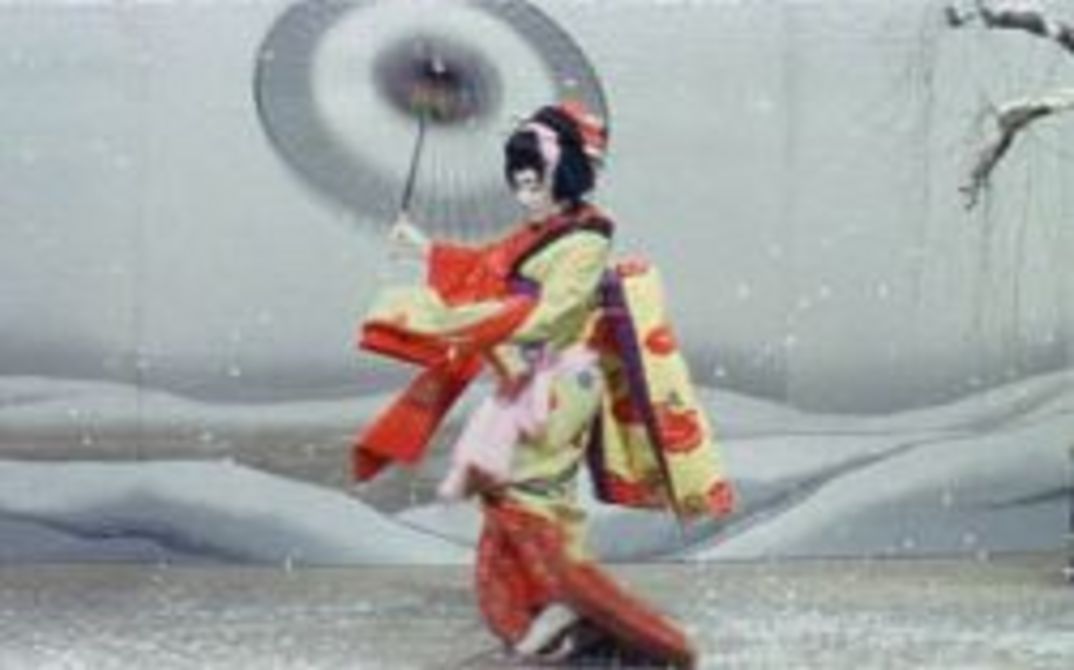ENJO (Conflagration, Japan 1958, 24.2.) After his father's death in 1944, Goichi Mizoguchi enters the famous Shukaku monastery in Kyoto as a novice. He stutters and the introverted man is often humiliated. When his only friend in the monastery dies, he becomes friends with a cynical fellow student who enlightens him about the monks'double morality and industriousness. In his efforts to protect the "purity"of the monastery from harmful influences, Goichi becomes increasingly lonely and desperate. His perturbance drives him to an act of violence. He sets the monastery on fire. ENJO, which Ichikawa believed was one of his best films, was adapted from Yukio Mishima's "The Temple of the Golden Pavilion", a novel inspired by the real-life burning of a treasured temple.
OTOTO (Her Brother, Japan 1960, 27.2.) The 17-year-old Hekiro and his sister Gen, who is not much older, live with their father and stepmother who has serious rheumatism and leaves most of the daily chores to Gen. The rebellious Hekiro is a good-for-nothing who always gets into trouble and is always defended by his sister. The stepmother, a pious Christian, doesn't feel accepted in the family and likes to complain about her woes. The father, a writer who works at home, doesn't have much time for his family's problems. Only after Hekiro becomes seriously ill is the fragile family fabric reconsolidated. Gen fluctuates between adaptation and rebellion, but she cannot escape the family which determines her life. Ichikawa contrasts the oppression of the apartment with the beauty and promise of the freedom of nature.
YUKINOJO HENGE (An Actor's Revenge, Japan 1963, 28.2.) The remake of a film made in 1935 that was set in the Kabuki theater environment of the mid-19th century becomes a visual spectacle under Ichikawa's direction. It is about Yukinojo, a famous performer who plays women and is obsessed with avenging the death of his parents. The stylized setting of the stage is never left, the borders between on and offscreen spaces are blurred. The interplay between the contradictions of illusion and reality is woven by Ichikawa into a delirious work full of bright colors in widescreen format. The soundtrack moves between traditional music and suggestive jazz. (al)



